Posts
The Twitterverse
/in Life/by Catherine HaslagLast year I joined the Twitterverse. I am still not sure it was a good idea. I don’t tweet a lot, but I do go on to see what topics are trending and what people are generally talking about. I find a lot of tweets about politics, sports, and popular TV shows. Some of my favorite topics have been #unvaccinatedsongs, the time Kayleigh McEnany blamed Joe Biden for the 2020 murder rate…even though he wasn’t president, and every…single…#caterday.
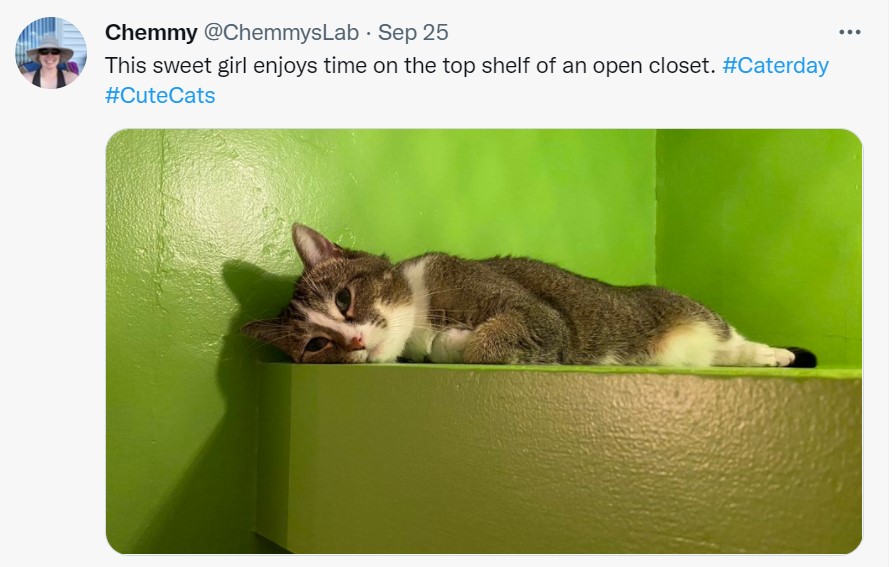
The wonderful Twitter content that makes up #Caterday.
I have also used it as a way to practice gratitude. A thank you to a fellow teacher for a very helpful webinar on how to revamp the general chemistry series to be more beneficial for students. Praise to an author for the incredibly good book I just finished reading. Appreciation to a creator for a recent podcast episode.
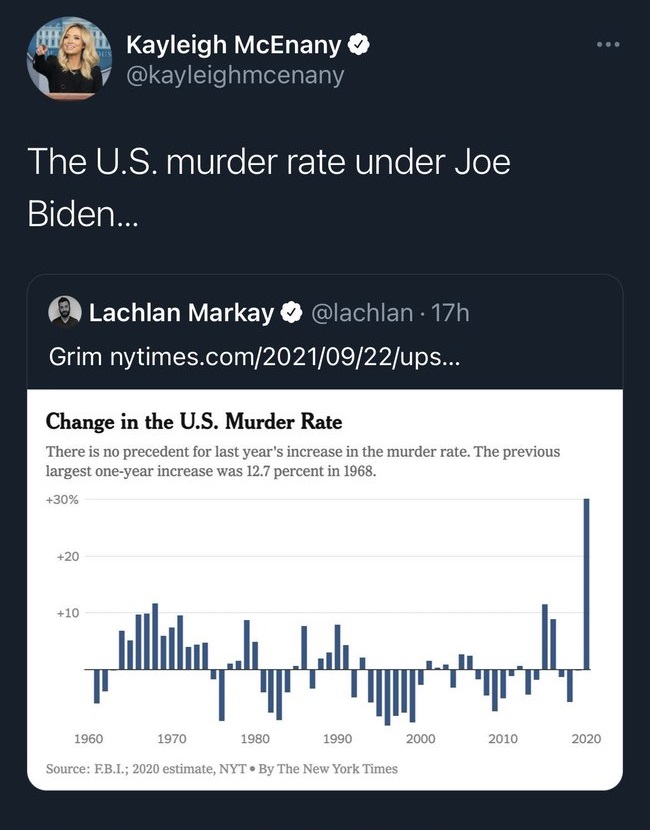
Kayleigh McEnany’s tweet on Sept 9, 2021 claiming that the US murder rate rose in 2020 under the Biden Presidency.
I am sure there are meaningful conversations being had on Twitter, but I have yet to find them. It mostly seems like its approximately 300 million active users are just shouting into the void. A hurricane slurry of sarcastic comments, crude and vulgar opinions, a plethora of gifs, and a sprinkling of genuine news and good ideas. I have been told that if you know how to use the site, you can track conversations using hashtags, but they change so often and quickly that I don’t see how anyone can keep up with anything. It’s hard to find the useful when it’s mixed in with so much trash. The proverbial needle in a tweet stack.
I set my Twitter preferences, indicating I like to read, and was flooded with so many book discussions that I was overwhelmed. I follow reliable news sources but also get recommendations for other people and companies I might like to follow. Plus all the ads. It’s like playing electronic whack-a-mole. I block Chanel and end up getting 10 other fragrance ads from other companies. There doesn’t seem to be a good way to narrow down the information to a stream that I find useful. To something less than overwhelming. Because of this, I keep my explorations short and sweet so I don’t get sucked irrevocably into a Twitter black hole.

Tweets made under the hashtage #UnvaccinatedSongs. Twitter can provide much creative humor.
I do occasionally shout into the void. It feels good sometimes to get something off of my chest, to contribute my own sarcasm and thoughts to the slurry. I try not to say anything that would be embarrassing if my boss or grandma read it. I also try to tweet something that will improve the public discord. No name-calling, focus on behavior, and stick to the facts. I think I have successfully met most of these goals most of the time.
I hope to eventually find a way to use Twitter in a more efficient and meaningful way. Either that or I will simply stop tweeting and let my account become inactive. In the meantime, I will use it as a snapshot of the public conversation, quick updates on current events, sending messages of appreciation to others…and occasionally shout into the void.
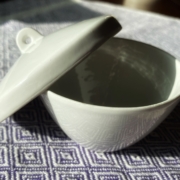 © Catherine Haslag
© Catherine Haslag © Catherine Haslag
© Catherine Haslag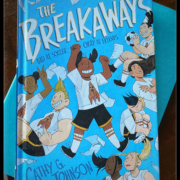 © Catherine Haslag
© Catherine Haslag Obtained from Canva
Obtained from Canva © Catherine Haslag
© Catherine Haslag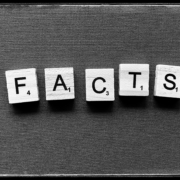 © Catherine Haslag
© Catherine Haslag © Catherine Haslag
© Catherine Haslag © Catherine Haslag
© Catherine Haslag